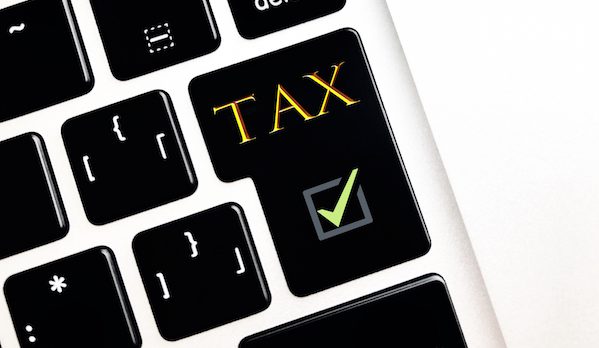How to Pay Taxes Using Pay-easy (ペイジー)

Hello, this is NS from Sayu Certified Public Accountants.
Whether you are an individual or a company, tax and fee payments are an unavoidable part of business operations. When deadlines are approaching or your schedule is packed, you might find yourself thinking, “I don’t have time to go to the bank!”
In such situations, Pay-easy (ペイジー) is a highly convenient electronic payment service that allows you to pay national taxes, local taxes, and social insurance premiums online, 24/7. In this post, we’ll walk you through how to make tax payments using Pay-easy, step by step.
What Is Pay-easy (ペイジー)?
Pay-easy is an electronic payment service that lets you pay taxes, social insurance premiums, and utility bills from your smartphone or computer.
Before this system was introduced in 2007, payments had to be made in person at a financial institution using a physical tax notice. Now, thanks to Pay-easy, you can make payments through internet banking.
This service is operated by the Japan Multi-Payment Network Management Organization (JAMMO), a reliable platform jointly run by public and private sectors.
How to Pay Taxes via Internet Banking Using Pay-easy
Put simply, you obtain payment information through e-Tax (for national taxes) or eLTAX (for local taxes), and enter that information into your internet banking system. While it may feel confusing the first time, once you get used to it, it’s very straightforward.
If you need to generate the payment details yourself, start from Step 1.
If you already have the payment information, you can jump to Step 3.
(At our firm, we typically obtain the necessary payment info on behalf of our clients and send it to them directly.)
Step 1: Register with e-Tax or eLTAX
Visit the official e-Tax (for national taxes) or eLTAX (for local taxes) website and complete the user registration if you haven’t already done so.
Step 2: Create a “Payment Information Registration Request”
After logging in, go to the menu and select:
“申請・納付手続を行う (Application & Payment Procedures)” → “新規作成 (New Request)” → “納付情報登録依頼 (Payment Info Registration Request)”
Then input the relevant details such as the tax office, tax type, period, and amount. After submission, you will receive the payment information:
・Payment Organization Code (収納機関番号)
・Payment Number (納付番号)
・Confirmation Number (納付区分番号)
Please note that the payment information is only valid for a limited time. If it expires, you’ll need to request it again.
Step 3: Log in to Your Internet Banking Portal
Once you have the payment details, log in to your internet banking account and go to the menu labeled something like “Tax and Fee Payments (Pay-easy)” or similar. The exact wording may vary by bank, but you can look for the Pay-easy logo as a guide.
Official Pay-easy website: https://www.pay-easy.jp/
Step 4: Confirm the Details and Complete the Payment
After you confirm the entered details, you can proceed with the payment. The payment will be processed immediately, and your e-Tax or eLTAX account will be automatically updated with the payment status.
Advantages of Using Pay-easy
・No service fees for most payments
・No need to visit a bank or tax office
・Available 24/7, 365 days a year
・Especially convenient when working remotely or during off-hours
In Summary
Pay-easy is a highly convenient and reliable method for handling tax payments online, whether from a computer or smartphone. If you’re new to filing taxes or have been using paper forms and visiting the bank or convenience stores for payments, this is a great opportunity to try electronic payments.
While you will need to register with e-Tax or eLTAX the first time, it’s a relatively simple process. Once registered, future payments become much more efficient.
We hope this guide helps make your tax payment process smoother and more convenient.
Comment
No trackbacks yet.




-200x200.jpg)

No comments yet.